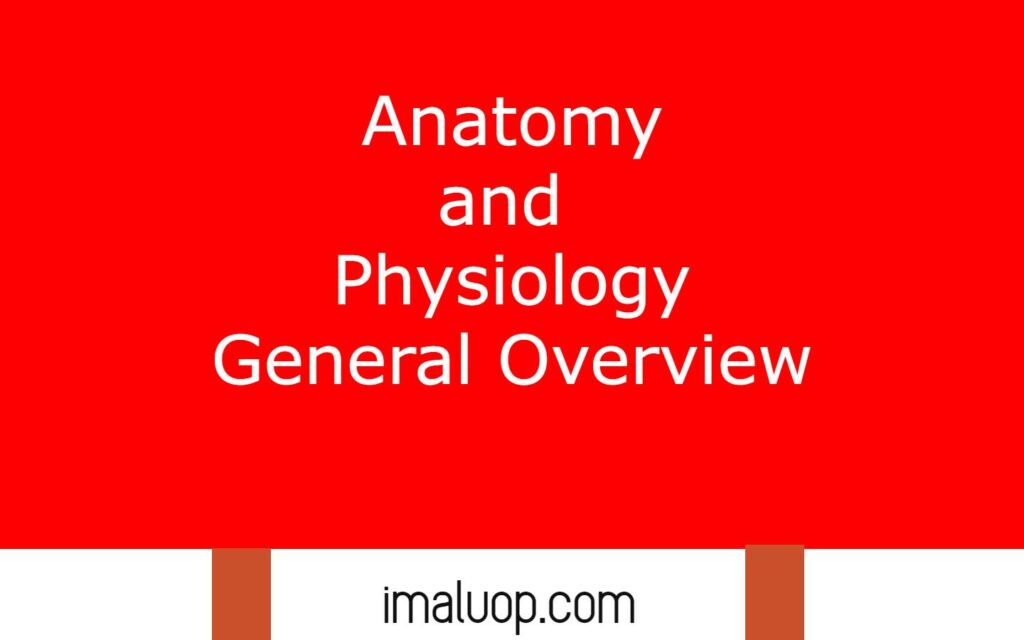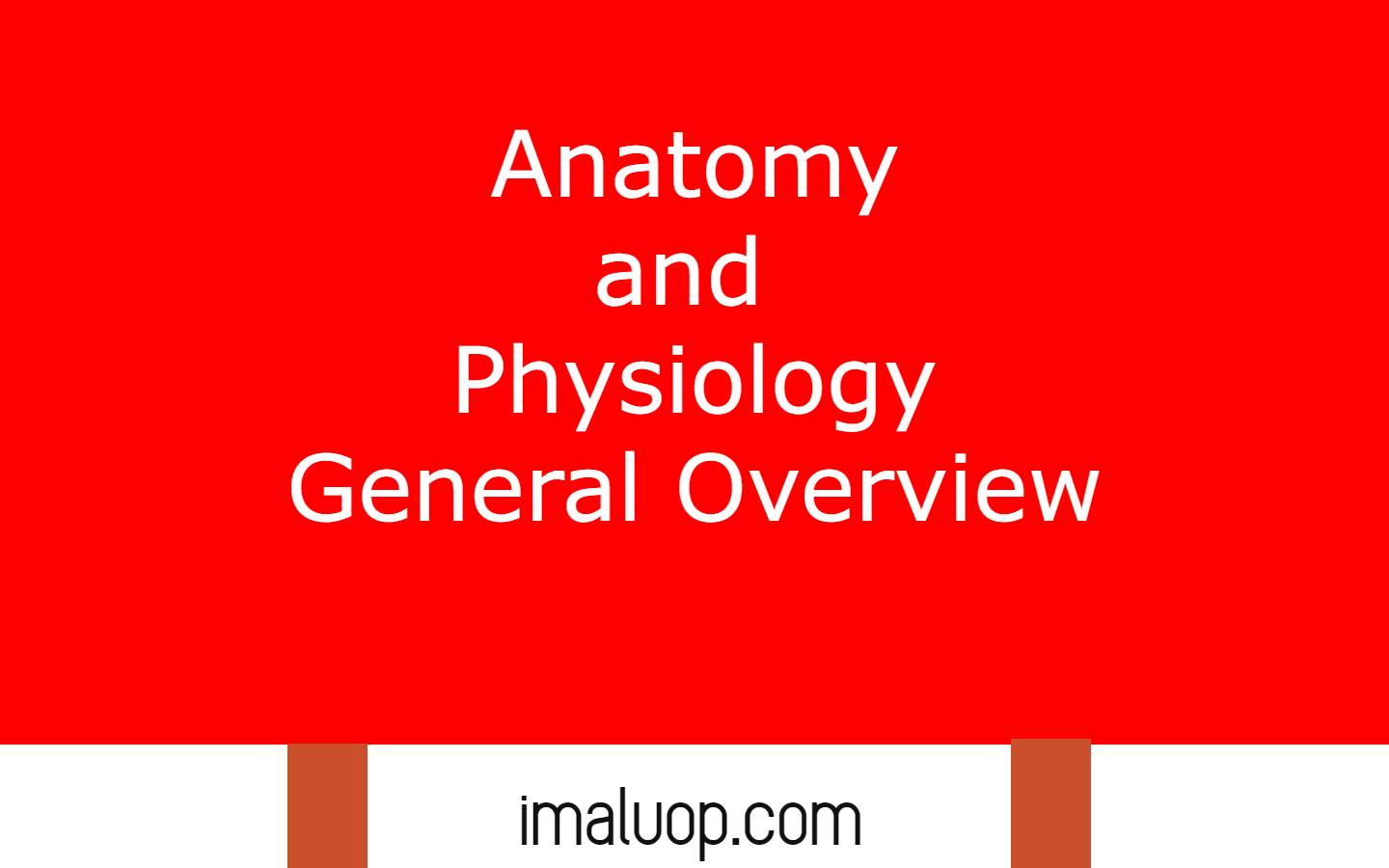Hi, today we are going to understand two very important terms in biological sciences anatomy and physiology general overview which gives you crystal clear concepts about the term anatomy and physiology. We will understand the structural and functional organisation of any organ clearly only when we will know both anatomy and physiology of an organ.
Table of Contents
What is Anatomy:
It is a branch of biological sciences which involves understanding different parts of the body which can be visible in naked eye or can be so small that they need the help of a microscope.
Anatomy gives us ideas about the structure of a body part which helps us understand the role of the organ and different aspects of the body parts. Some body parts are visible externally but some body parts need dissection for understanding their internal structure.
Below we will discuss different types of anatomy – gross anatomy or macroscopic anatomy and microscopic anatomy which needs the help of microscope.
Basic Idea About Gross Anatomy:
We know that gross anatomy is the study of any internal or external body parts structure which do not need a microscope but it also has some sub categories which we have discussed below.
1. Surface Anatomy:
Surface anatomy or superficial anatomy means the study of different body parts without any dissection superficially to understand the position of various organs outside of the body.
2. Regional Anatomy:
Regional anatomy refers to the anatomy of a specific region of the body in which we relate anatomy of different tissues and organs present in that region. Regional anatomy is very useful for better understanding of anatomy because it gives us ideas about different organs of this region and position of different organs with respect to other organs in that region and it is also helpful for clinical purposes.
For example chest anatomy which involves the study of different organs present in the chest region and their detailed anatomy.
3. Systematic Anatomy:
It is an approach to study anatomy in which we study anatomy of different organ systems separately such as anatomy of digestive system, anatomy respiratory system and anatomy of nervous system.
Basic Idea About Microscopic Anatomy:
The structure of the body which is not possible to see in naked eyes because of their microscopic structure we use microscopes to understand their structure which is called microscopic anatomy and it also has some sub categories which we have discussed below.
1. Cytology:
Most of our body cells are not visible in naked eye due to their very small size so we use a microscope to understand their basic structure which gives us ideas about the functioning of the various types of cells in our body.
2. Histology:
In advanced organisms cell form groups which have the same type of origin and they perform a special functions together which are known as tissues when we study about these tissues we call it as histology.
Now What is Physiology:
It is another aspect of study of different body parts and their functions which involves study of physical, chemical and biological processes occurring in a cell. Normal activities of a living organism can be explained by its physiology so we should understand physiology to understand how different organisms show different types of behaviour.

Physiology explains how different organ systems, different organs, different tissues, different cells and various types of biomolecules work together to express the activities of a living organism.
Different types of function in our body is the sum total of different types of physical and chemical changes for example in our digestion process there are a lot of chemical reactions and physical changes occur for completing the digestion process.
Reference: Anatomy and Physiology General Overview
Read More: Anatomy of Cockroaches
Hi Everyone!!! Welcome to Imaluop. Imaluop always try to learn some new and he want to share to other people. Here we will try to learn various topics on Science, specially on Biological Sciences.
